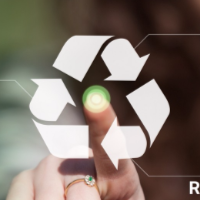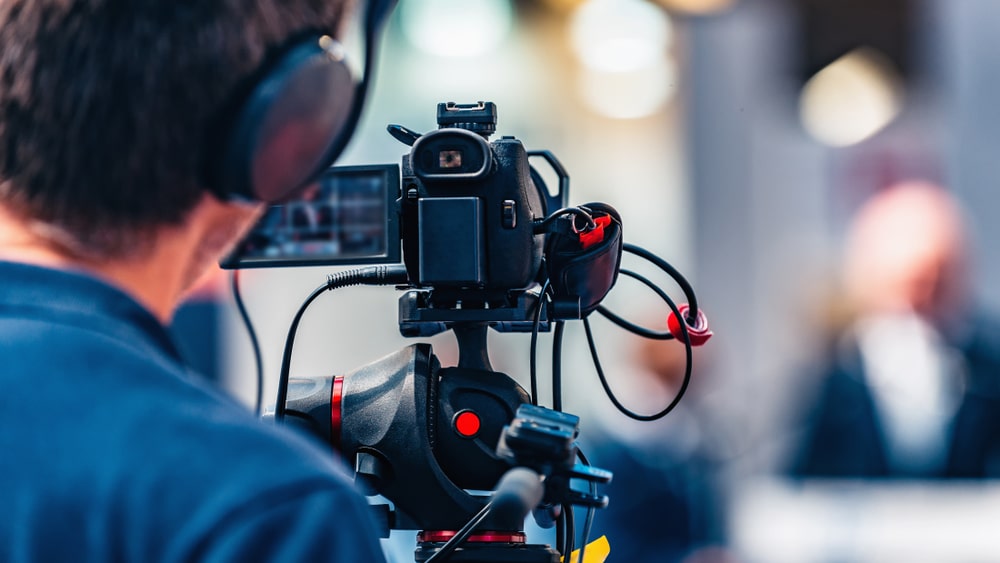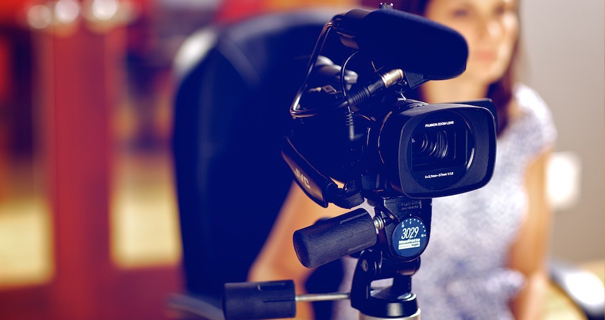Legal Videography: Strengthening Communication Between Lawyers and Clients
Exactly How Lawful Videography Can Strengthen Your Lawful Approach
In the developing landscape of lawful technique, the integration of legal videography emerges as a substantial tool that can boost a legal strategy. As we discover the subtleties of this practice, the inquiry emerges: how can legal videography redefine the method situations are provided and viewed in the court room?
Benefits of Lawful Videography

Lawful videography offers significant advantages in the lawsuits process, enhancing the overall effectiveness of legal strategy. One of the primary benefits is the capability to produce a visual record of proceedings, which functions as a powerful device for presenting evidence in court. This visual documentation can record subtleties that may be forgotten in created records, providing a more comprehensive understanding of the instance.
In addition, lawful videography helps with the preservation of witness statements and depositions, making certain that important statements are preserved in their original context. This is especially important in situations where witnesses may become unavailable as a result of unanticipated scenarios, as it safeguards the integrity of their declarations.
Additionally, making use of top quality video can dramatically enhance the engagement of courts and judges. Aesthetic components usually reverberate better than message alone, making it easier for lawyers to communicate complex disagreements and stories.
In addition, videography can aid in the growth of situation technique, allowing attorneys to evaluate documented products and refine their techniques. Inevitably, these benefits emphasize the essential duty that legal videography plays in contemporary lawsuits, optimizing end results and improving the efficacy of legal process.
Enhancing Witness Testimonies
Capturing witness statements on video clip not only protects the authenticity of their accounts yet also improves the influence of their declarations during legal process. Video documents allows jurors and judges to regard the subtleties of a witness's attitude, body language, and emotional expressions, which can be vital in assessing reliability and reliability.
Moreover, the aesthetic component of videography can create a more appealing narrative, enabling the court to attach with the testimony on a personal level. This connection can substantially influence their understanding and retention of the details offered.
Lawful videography additionally offers to minimize the potential for misconception or miscommunication that can take place with written transcripts alone. By supplying a clear and direct portrayal of the witness's account, it decreases ambiguity and makes certain that the testimony is conveyed as intended.

Recording Depositions Effectively
Reliable deposition capturing is an essential part of the lawsuits process, enhancing the improved witness testaments discussed formerly. The main goal of catching depositions is to create a precise and reputable document that can be used throughout the lawful procedures. To accomplish this, lawful videographers need to utilize top notch devices and techniques that make certain clearness in both sound and visual elements.
A well-executed deposition needs mindful preparation and control. Additionally, selecting a proper background and making certain that all participants are framed correctly can enhance the professionalism and reliability of the recording.
During the deposition, it is important to keep a neutral demeanor, allowing witnesses to express their testimonies without interference - legal videography. Capturing non-verbal cues, such as body language and faces, includes deepness to the taped testament, giving very useful context for later evaluation. Inevitably, reliable deposition catching not only strengthens the legal strategy but also works as an effective device for offering a compelling story in the courtroom
Offering Proof in Court
Legal videography boosts this process by offering a dynamic and engaging methods of offering important proof, specifically through depositions and witness statements. High-grade video recordings enable jurors to observe not only the web content of the testimony however additionally the attitude, tone, and body language of the witnesses.
Moreover, making use of lawful videography makes certain that the proof exists continually and accurately, minimizing the danger of misinterpretation that can take place with traditional techniques. Jurors can revisit video proof during considerations, enabling them to involve even more deeply with the material. Furthermore, lawful videography can aid in illustrating complex situations or technological website link information, making it much more easily accessible to the court.
Improving Court Involvement
Via the strategic use of legal videography, lawyers can dramatically enhance jury engagement during trials. Visual storytelling acts as a powerful device to capture the jury's focus and share intricate details in an available way. By including video clip proof, lawyers can develop a much more immersive experience that reverberates with jurors, assisting in much better understanding of find more information the situation.
Lawful videography can showcase witness statements and expert analyses in an engaging format, allowing jurors to connect emotionally with the narratives presented. This connection fosters a feeling of participation and financial investment in the process, which can inevitably affect their perceptions and decisions. Video evidence can simplify detailed information, making it much easier for jurors to keep vital info.

Verdict
In final thought, legal videography serves as an important tool in the lawful procedure, improving the total efficiency of legal techniques. The integration of videography into lawful method is therefore both advantageous and strategic.